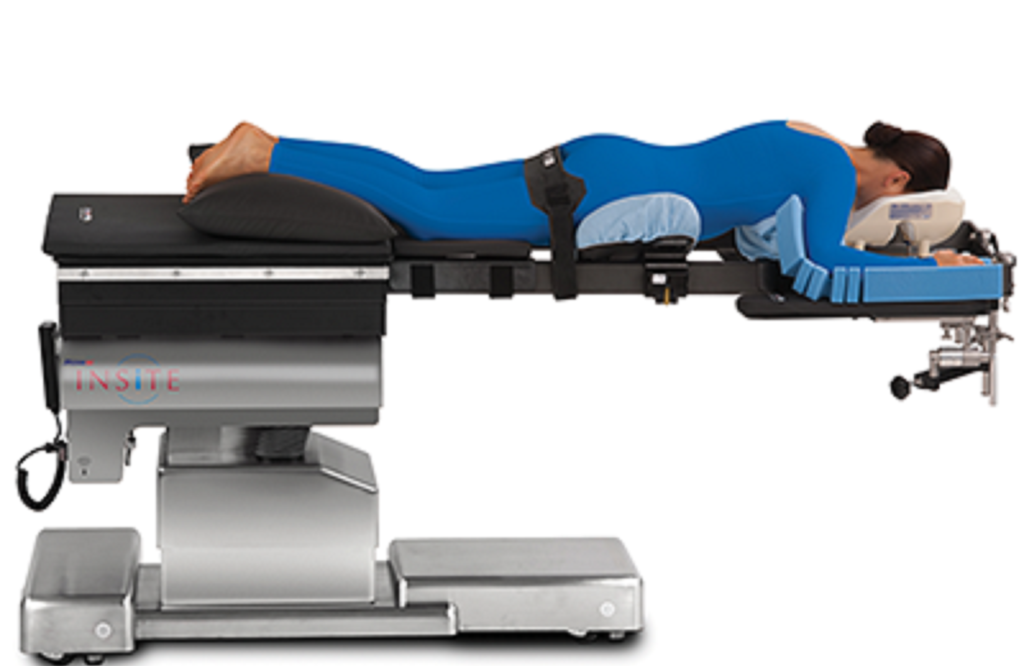Background:
Patients undergoing major spine surgeries are at risk of significant blood loss and hemodynamic disturbances, necessitating intraoperative monitoring of central venous pressure (CVP) to guide fluid therapy. However, CVP monitoring via central venous cannulation carries its own risks and discomfort. Peripheral venous pressure (PVP) monitoring through a peripheral intravenous catheter has been proposed as an alternative, but its correlation with CVP in patients undergoing spine surgery in prone position has not been fully determined.
Methods:
This study included 72 patients undergoing spine surgeries at Lakeshore Hospital, Kochi, with informed consent. CVP and PVP, along with other relevant parameters, were recorded at different stages of surgery (supine, prone, and supine again). Correlation and linear regression analyses were performed to assess the relationship between PVP and CVP.
Results:
A total of 1,512 simultaneous measurements of CVP and PVP were recorded during the three phases of surgery. The mean PVP, mean CVP, and bias were 10.5800 ± 0.39779 mmHg, 7.9563 ± 0.3636 mmHg, and 2.62368 ± 0.23562 mmHg, respectively. The correlation coefficient values between PVP and CVP were 0.773, 0.756, and 0.501 after induction, during surgery, and after extubation, respectively. Linear regression analysis showed a strong linear relationship between PVP and CVP during surgery (r = 0.81; P < 0.001), with 94.0% of data points within the bias ± 2 standard deviation.
Conclusions:
The study demonstrated a good correlation between CVP and PVP during prone spine surgery. PVP may serve as a viable alternative to CVP monitoring, reducing complications, costs, and operation time associated with central line catheter insertion.


